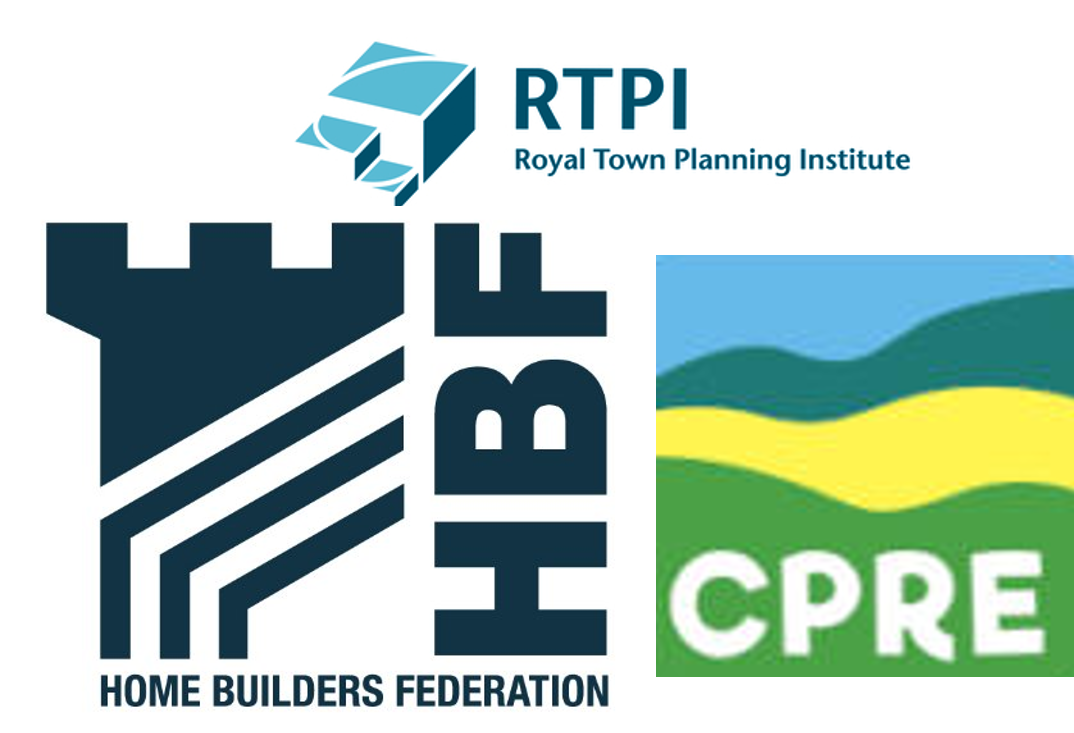Blog Post – Round Up of Some of the Consultation Responses to the White Paper

By Vince Wall
You may be aware that public consultation on the Government’s notorious Planning White Paper ended recently. The Planning for the Future White Paper set out the Government’s approach to reforming the planning system. The Government is of the view that these reforms will streamline and modernise the planning process, bring a new focus to design and sustainability, improve the system of developer contributions to infrastructure, and ensure more land is available for development where it is needed. The lead advocate of these reforms and Secretary of State for Housing, Communities and Local Government, Robert Jenrick MP, has positioned himself as a herculean figure ready to take on the many headed hydra that make up the British planning system.
However, judging from the consultation responses, it would appear the planning system isn’t going down without a fight. In this blog post, I have tried to summarise the key themes that some big players in the industry raised in their responses.
The CPRE, amongst other concerns, take issue with the language used. They consider the paper’s stated goals as misaligned, arguing persuasively that “simplicity is not a meaningful objective”. They conclude that complexity is part of any large system, and there is nothing wrong with complexity that enables the system to function adjust and evolve. It is CPRE’s view that the planning system depends on a huge breadth and depth of skill, experience and institutional capacity, and the ‘rip it up and start again’ approach the paper proposes would be hugely disruptive both for the operators and the users of the system. Effectiveness rather than simplicity should be aspired towards in planning reform.
National Parks England believe the White Paper underestimates the complexity of the issues being addressed by the planning system, especially the paper’s understanding of rural areas and protected landscapes.
The RTPI’s response is heavily informed by their wider recommendations which are contained within their manifesto “Plan the World We Need”, published in June 2020. For example, the RTPI is critical of the White Paper’s lack of commitment to deal with local industrial strategies, and how these will in turn impact on demand for housing and infrastructure. They also critique the paper’s lack of recognition for the need for local plans to be ‘climate ready’. Similarly, to the CPRE, the RTPI takes issue with the White Paper’s ambitions to “streamline the planning process”. They believe this will require deeper analysis to answer questions on community involvement in decision-making, the ability of residents to engage when tangible proposals are made for development, and the role of local authority Planning Committees in providing democratic oversight.
The HBF support some of the general aims of the White Paper, whilst taking issue with several details. They state their support for the simplification of local plans and claim that they have long been supporters of greater standardisation of processes, conditions, and legal agreements. However, they go on to discuss some of their concerns and the need for further examination and explanation. In particular, they express unease over the potential for local authorities having more freedom over how they spend contributions from development stating that “Infrastructure Levy should ONLY be spent on infrastructure – not reducing Council Tax or the cross-subsidy of other local authority services”. The HBF’s response is also keen for the presumption in favor of sustainable development to be continued in any new planning system. They also take issue with the three-tier land system advocated in the paper, drawing attention to the fact that there are different types of protection within the land-use planning system; “the protection given to conservation areas is very different to that given to international designations such as SSSIs and RAMSAR sites”.
The TCPA view the White Paper as failing to make links with other important Government documents, such as the 25 Year Environment Plan and the Flood and Coastal Erosion Risk Management Strategy. In terms of establishing a body to support design coding and building better places, the TCPA agree that options should be explored, however, they believe it doesn’t necessarily need to be a ‘new’ body, considering that previously bodies had been replaced and merged – such as the Commission for Architecture and the Built Environment which merged into the Design Council in 2011.
Unsurprisingly, respondents often argue from their corner, for example National Parks England feel that the National Parks and the Broads are underrepresented, and the HBF identify a need to retain the five-year housing supply requirement alongside the housing delivery test.
Simplicity and its discontents tend to be at the heart of several of the responses. Many are of the opinion that when one monstrous problem of the planning system is cut down to size, another two will pop up in its place.





